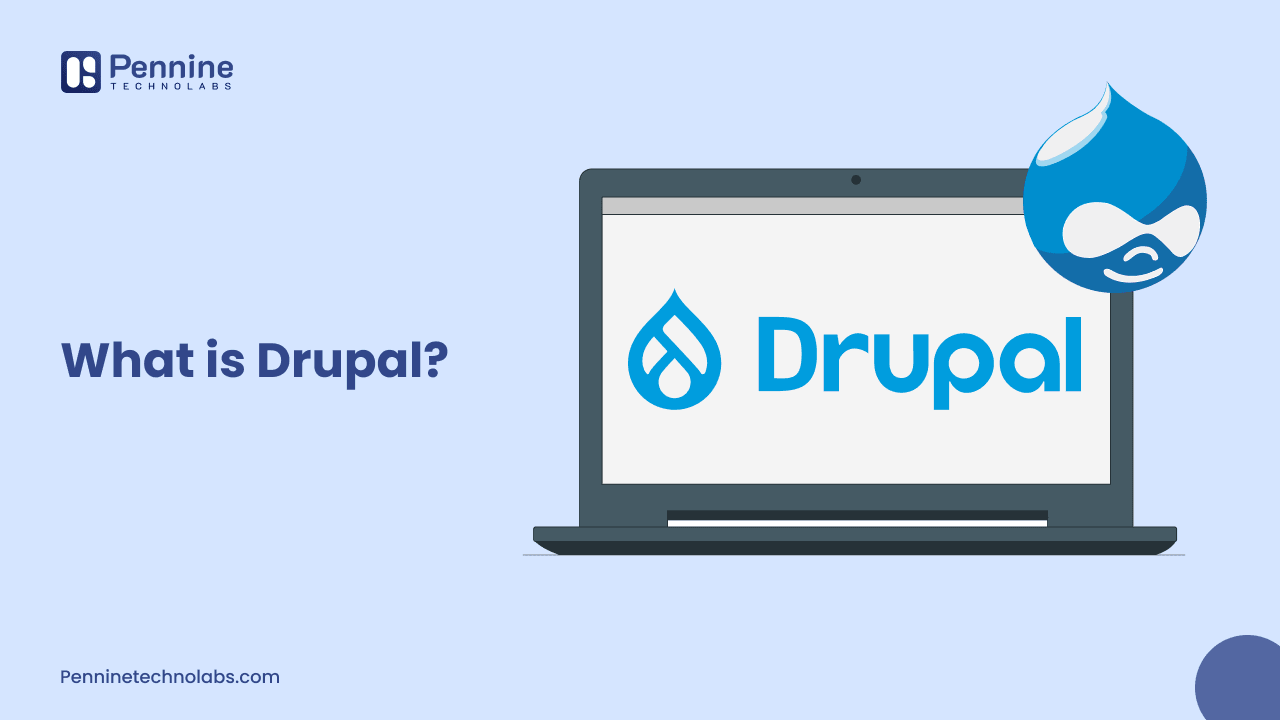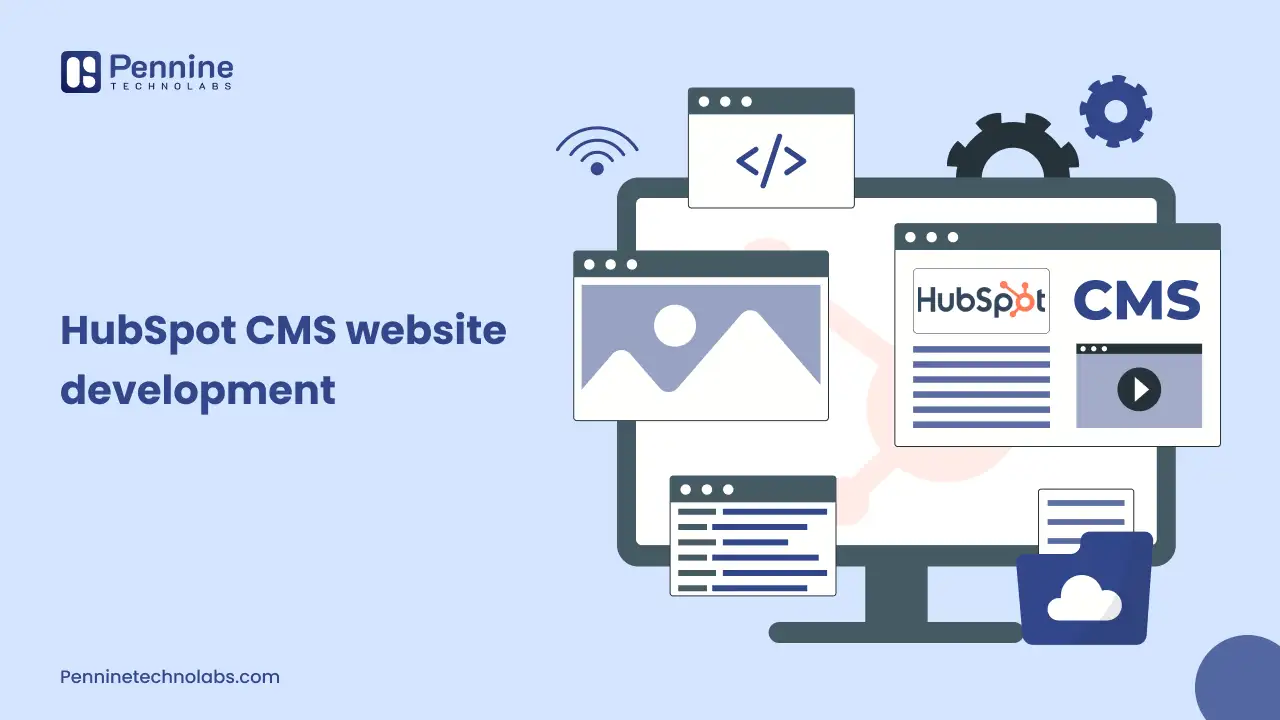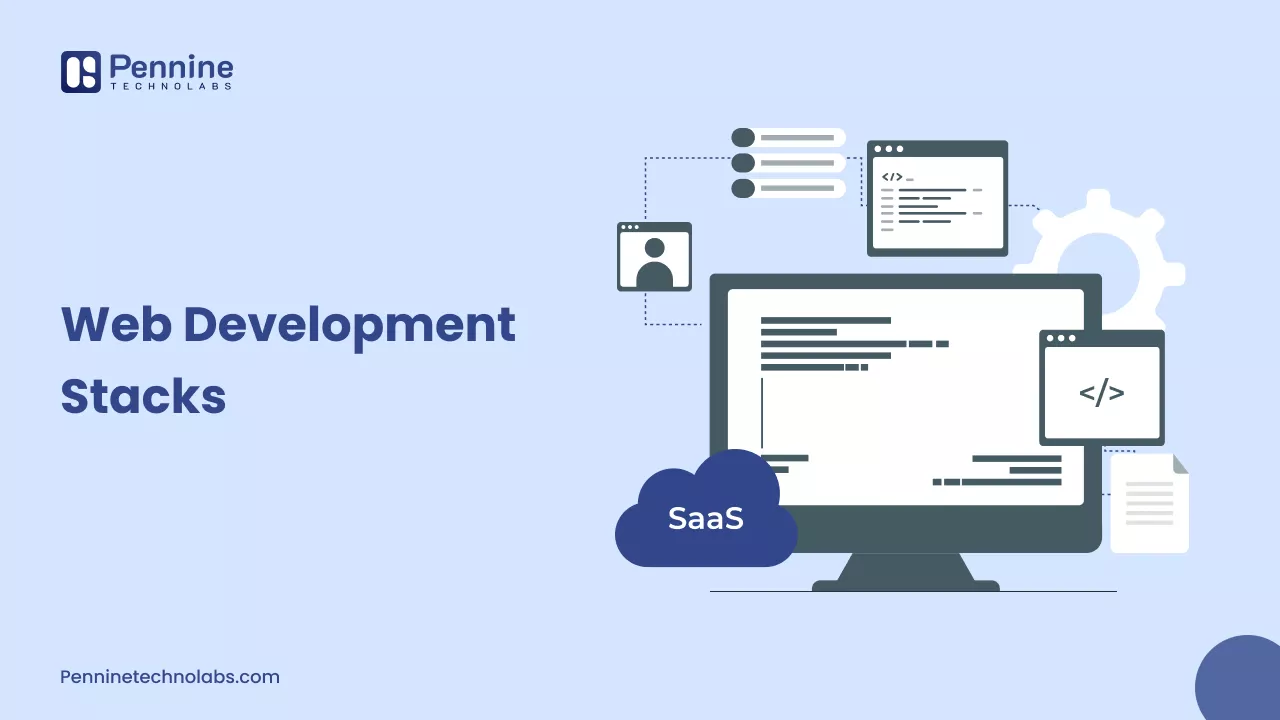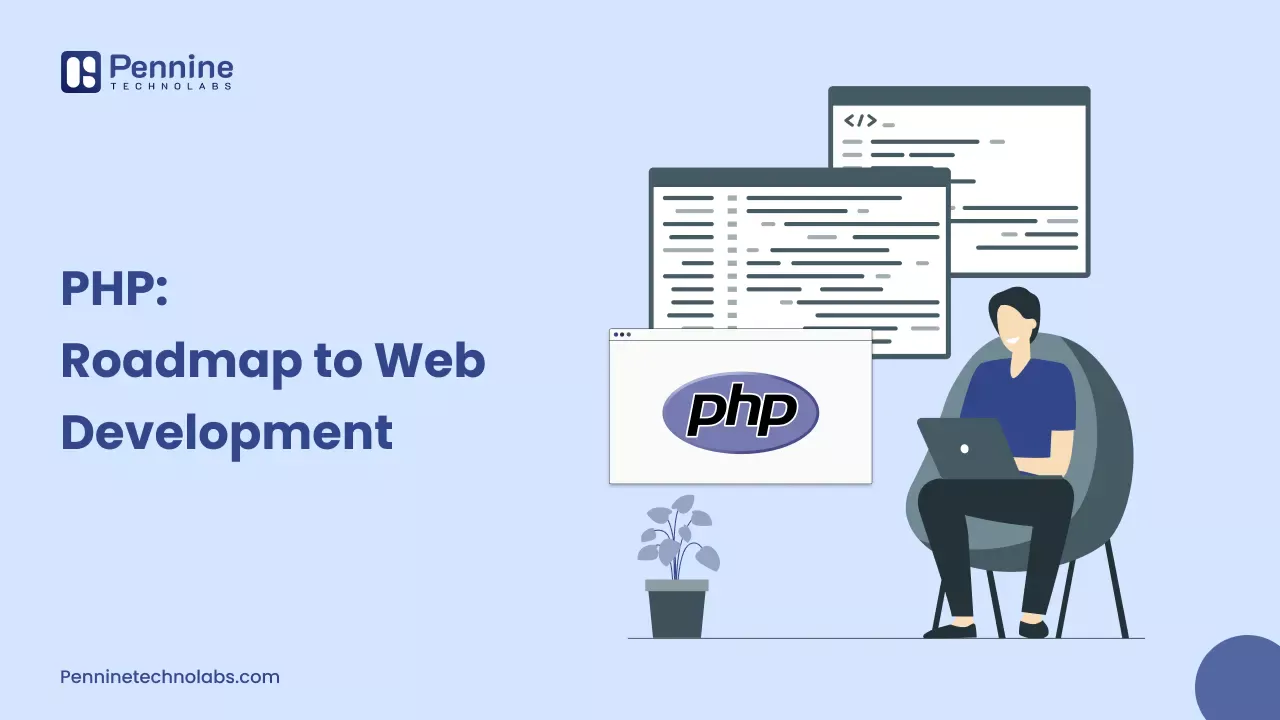Quick Summary: Drupal is a powerful open-source content management system (CMS) used to create secure, scalable, and high-performance websites. It has been widely adopted by enterprises, universities, and government organizations due to its flexibility, custom module system, and strong security framework.
What Is Drupal Development?
Drupal is an open-source and free CMS developed in PHP which enables both developers and non-technical users to build and maintain digital experiences. Drupal development has complete control of functionality, content organization and design adjustment as compared to other basic web building tools. It is ideal for multilingual, advanced user permissions and multifaceted data management.
Why Drupal Development Services?
The strength of Drupal is found in its flexibility, security and scalability. It is not a CMS only, but a digital experience platform with custom workflow and API integration as well as headless architecture. Drupal CMS is able to serve any type of site, be it an enterprise portal, an eCommerce site or a university site.
Key Features of Drupal

Open-Source and Free
Drupal is a free software that has an active user community worldwide who post modules, themes, and security patches on a regular basis.
Highly Customizable
You can build unique websites using thousands of modules and themes, or you can create custom themes as per the needs of your business.
Strong Security
Drupal CMS platforms are one of the most secure platforms, with its security personnel constantly updating it, providing detailed advisories, and protecting it against vulnerabilities.
Scalability and Performance.
Drupal is capable of supporting the needs of large websites with an extensive database with ease. Its caching and modular architecture improve the performance.
Multilingual Support
Drupal will automatically support more than 100 languages, so you can easily rank globally with users’ first language.
SEO-Friendly
Drupal has built-in search engine optimization tools and clean URL, meta tags, sitemaps, and mobile responsiveness modules to ensure that your site is optimized better in search engines.
API-First Architecture
Hire Drupal developers to easily integrate third-party systems or functions as a headless CMS with mobile apps and frontend frameworks such as React or Angular.
How Drupal CMS Works?
Drupal manages content through the use of Nodes, Blocks, and Views.
Nodes: These are single content units (such as pages or articles).
Blocks: Reuse content in various sections of the layout.
Views: Assist you in displaying content dynamically in accordance with filters and the rule of sorting.
The intuitive Drupal dashboard allows admins to manage users, permissions, and content workflows without much effort.
What are the Drupal Use Cases for Industries?
Government Portals: The Government sector uses it for Top-tier security and compliance features
University Websites: Ideal for management of multi-departmental content.
eCommerce Stores: Including modules for Drupal Commerce.
Media and Publishing Sites: To be able to manage a lot of dynamic content.
Corporate Intranets and Portals: Perfect for managing roles and in data management.
Drupal vs Other CMS Platforms
| Feature | Drupal | WordPress | Joomla |
|---|---|---|---|
| Ease of Use | Moderate (developer-friendly) | Beginner-friendly | Moderate |
| Flexibility | Very high | Medium | High |
| Security | Enterprise-grade | Good (depends on plugins) | Decent |
| Scalability | Excellent | Limited for large sites | Moderate |
| Best For | Complex and large websites | Blogs and small business sites | Community portals |
Latest Version of Drupal
Drupal 11 is the most recent version, and it represents a considerable improvement in the features of the developer experience without compromising the flexibility that Drupal is known for. It was released in September 2024 and is based on modern PHP standards, better configuration management, and an easier upgrade path than previous versions.
Drupal core 11.2.7, released on November 6th, is the latest release with active new features and backwards-compatible improvements. This is best compatible with future releases. Sources
Among the most significant opportunities of Drupal 11 are its ability to support the newest versions of PHP and Symphony 6, and hence, it is faster and more secure. The admin interface has also been made easier to use, particularly for non-technical users who deal regularly with content.
Getting Started with Drupal
Drupal might look very technical at first, but with time, you get to know how to do it. Following is a basic Drupal development roadmap that can guide beginners to start:
Choosing Hosting and Requirements.
Make sure that your hosting company supports PHP 8.2 or later, MySQL 8 or MariaDB before installing. Drupal has been found to be most compatible with modern cloud hosting systems that use Composer to manage dependencies.
Download and Install Drupal
Download Drupal directly from Drupal.org and install it using Composer. The web installer guides through database, administration credentials and configurations.
Pick a Theme
Drupal has core as well as contributed themes to manage the appearance and feel of the website. Web developer Beginners can begin with such responsive, accessible, and easy to customize themes as Olivero or Claro.
Add Essential Modules
Drupal is made up of modules. Installation of standard modules such as:
Pathauto: For clean URLs
Views: Appearances of custom contents.
Metatag: To optimize the SEO.
Webform: When using forms and surveys.
Content Types and Permissions.
Create content forms with pages, blogs, or events. Also, assign user roles and permissions to manage who can see, edit or publish.
Control Menus, Blocks and Layouts.
Display such widgets as a contact form or an announcement using Blocks and arrange the navigation with the Menu Management system of Drupal.
You can start adding pages, blogs or products once it is established in accordance with the purpose of the project. Drupal flexibility enables you to grow from a simple webpage to a complete ecosystem as your requirements increase.
Why Businesses Choose Drupal Development
Enterprises have found Drupal preferable due to its ability to offer:
- Flexibility with custom digital experiences
- Long-term community support
- Good multilingual and accessibility capabilities.
- Ability to integrate with CRMs, ERPs and marketing platforms.
Pennine Technolabs Drupal development in the USA works with full potential with custom module development, theme design, migration and performance optimization.
Conclusion
Drupal is not only a CMS, it is a powerful system to create secure, scalable and flexible web applications. It might not be as easy as WordPress to learn, but there is nothing more powerful and customizable than WordPress in the face of professional websites. Hire a Drupal expert at Pennine Technolabs for customized CMS platform for your business.
FAQs for Drupal Development
Is Drupal free to use?
Yes, Drupal is absolutely free and is open-source. Just pay for the hosting and development.
Is Drupal better than WordPress?
The scalability and security of Drupal are superior in complex, large-scale and high-traffic sites.
Who uses Drupal?
Drupal is used by global business enterprises, higher learning institutions, media houses, and government agencies.
Can eCommerce work with Drupal?
Yes, using Drupal Commerce, it is possible to make feature-driven eCommerce stores.
Is Drupal suitable for beginners?
Although it does have a learning curve, Drupal has very well-documented instructions and community support to assist beginners with starting.



